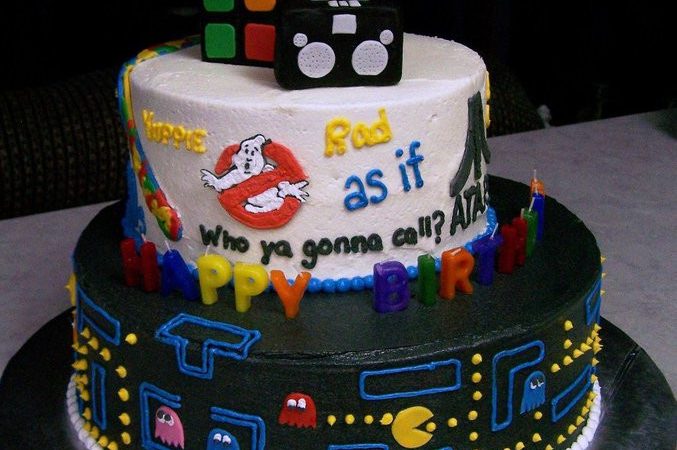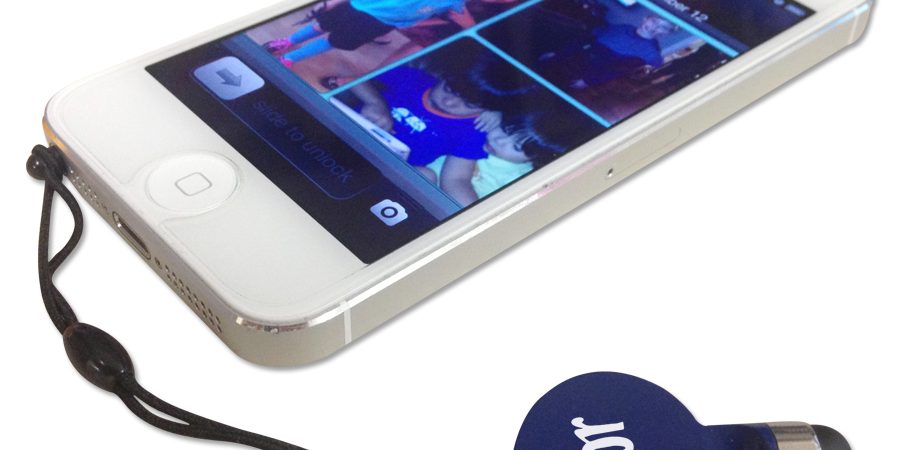The secret of emotional branding: nostalgia

Creating a real connection with another person can be tricky, so imagine how difficult it is to create a real connection with hundreds and thousands, if not millions of people using a one-size-fits-all method. Although an uphill battle, brands still succeed in creating meaningful connections when they communicate their message using methods that reach into our core so deep that they can’t easily be forgotten. Brands create genuine connections simply by making us feel good.
Several months ago we posted this article that mentioned how one favorite old t-shirt has the power to bring back so many memories. The same can be said for a myriad of other things like gifts, places, people, songs, smells, music, etc. Every single one of these has the ability to remind us of memories, feelings, and circumstances of our past. This phenomenon, known as nostalgia, is one of the most powerful tools brands have at their disposal in creating emotional connections.
Although feeling nostalgic and remembering times in the past might make people feel sad, the surprising truth is that it actually reduces loneliness and gives comfort and optimism and hope for the future. Using elements of nostalgia is not new to branding, but it is increasing at an alarming rate. Take the following three items for example:
Brands returning to their roots from decades past
Many brands are reviving campaigns, logos, and values of the past. In 2013 United revived their “Fly the Friendly Skies” slogan that was so


